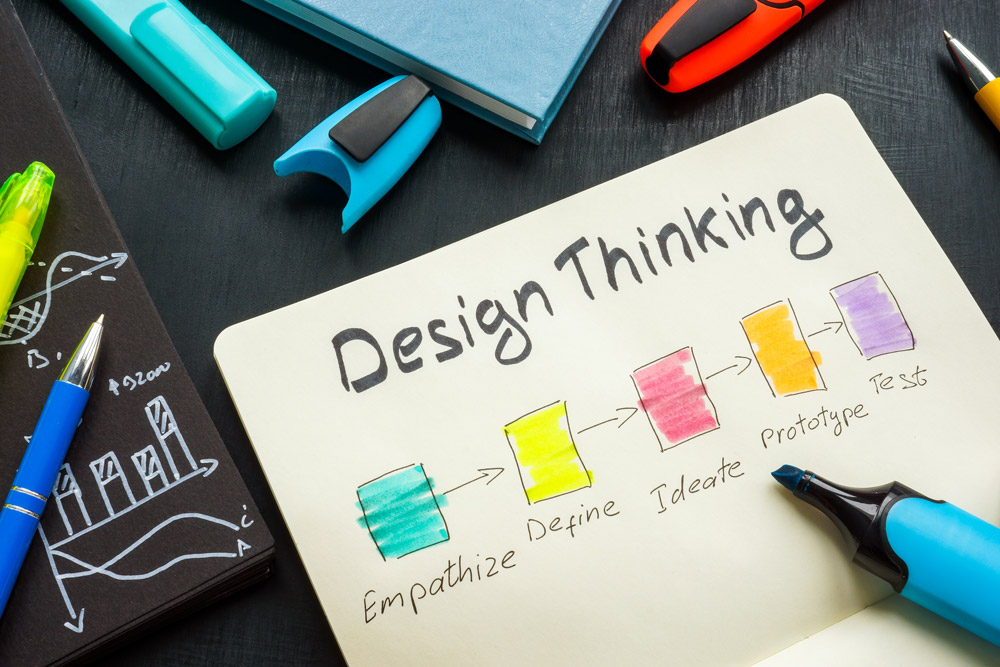Design is everywhere. Scroll through any digital feed and you’ll see a parade of polished posts, glossy landing pages, slick presentations, and brand videos with cinematic soundtracks. But for all the beauty and noise, how much of it actually works?
How much design is being done with purpose—and how much is just styling?
What Design Should Really Do
At its core, design is about communication. It’s how we make ideas understandable. It’s how we lead people to action, help them navigate complexity, and leave an impression that sticks.
Good design isn’t just a layer of visual garnish. It’s integral to the way a brand expresses itself and interacts with the world.
It should:
- Clarify, not confuse. Every design element should reduce friction, not add to it.
- Create hierarchy. Guide the eye. Emphasise what matters. De-prioritise what doesn’t.
- Align with meaning. The tone, style, and execution should reinforce the message, not distract from it.
The Trap of Decoration
In the rush to make things “look good,” we sometimes forget to ask: does this design work? Does it help the user understand what’s being offered? Does it build trust? Does it invite the next step?
Design without thinking is just styling. And while good styling can get likes, good design gets results.
The difference is subtle but significant. A colour choice that improves accessibility. A typeface that supports readability. A layout that makes a long article easier to engage with.
It’s a Team Sport
Some of the best design outcomes happen when designers collaborate closely with strategists, content creators, and developers. It’s not about handing off a brief—it’s about co-creating a solution.
Designers aren’t just decorators. They’re problem-solvers. Translators of brand into experience. And their work should always be guided by an understanding of the audience and the context.
A Shift in Perspective
More brands are realising that consistency and clarity matter more than flair. That simple, coherent design often outperforms elaborate visuals. That minimal doesn’t mean boring—it means intentional.
Ask yourself:
- Is our design helping or hindering the message?
- Are we thinking about design from the user’s perspective?
- Are we solving real problems, or just adding polish?
Design that doesn’t connect with a purpose isn’t design—it’s decoration.
To truly move people, design needs to be more than beautiful. It needs to be right.


